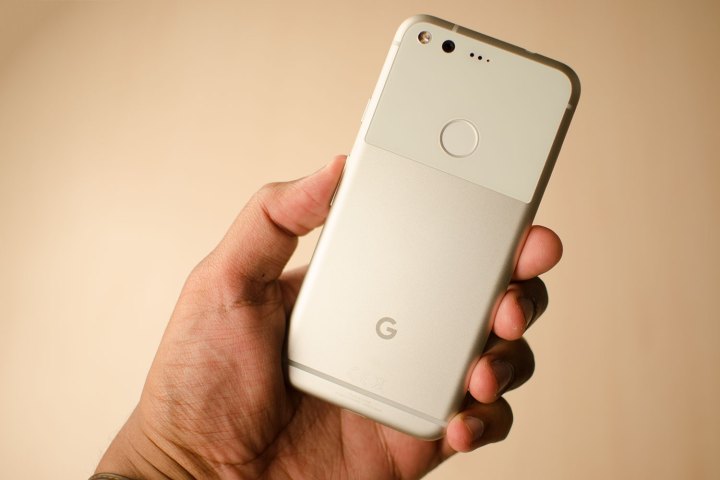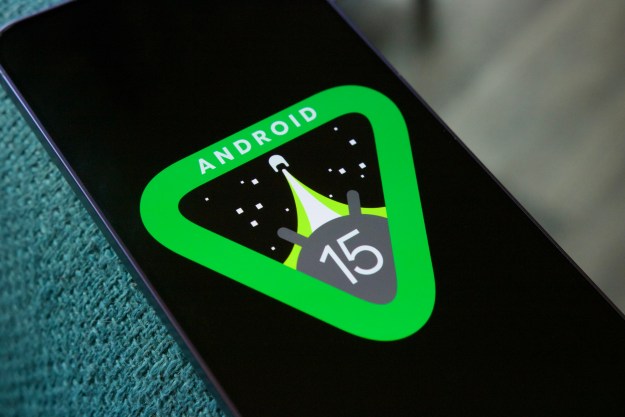
Kumar took to Google’s forums Thursday to ask customers what they liked and didn’t like about the design of its first handset. The criticisms mostly struck upon the same notes, with many users requesting water resistance, front-facing speakers, and thinner bezels.
“Missing waterproof is … way behind the times,” one person responded, while another added “knowing my phone can survive a little water is reason enough for me to want this in a phone.”
The iPhone 7 and Samsung Galaxy S7 lines both sport water resistance — the iPhone with an IP67 rating, allowing it to withstand being submerged in water for up to 30 minutes at 1M depth, and the Galaxy with an IP68 rating, good for the same length of time at 1.5M depth. The Pixel’s lack of protection against splashes and swims was seen as one of the phone’s major disadvantages compared to its two most significant rivals.
Still, many users praised the premium look and feel of the device. Though some noted similarities to the iPhone’s design at the front — a point we made in our review last year — the build quality and wedged form factor were considered some of the Pixel’s greatest strengths. Google’s phone is slightly thicker at the top than the bottom to accommodate space for the camera sensor, and several responders remarked that the trade-off was a smart way to eliminate a potential lens bump.
Unsurprisingly, some sidestepped Kumar’s question about design altogether and complained that the greatest problem facing the Pixel was lack of availability. Many configurations are still listed as out of stock on the Google Store more than three months since the device’s launch — especially those with 128GB of storage. The limited release of the “really blue” color, along with its restriction to 32GB models only, was also brought up as disappointing on several occasions.
As Google reflects on the execution of its first smartphone, feedback like this will be instrumental in the development of the Pixel’s successor. It’s encouraging to see Google reach out to the community in a direct way, and if the most frequent complaints relate to a supply shortage, that shines pretty positively on the company’s design prowess.
Editors' Recommendations
- The first Google Pixel 9 Pro hands-on photos are here
- Something strange might happen to the Google Pixel Fold 2
- Google Pixel 8a: news, rumored price, release date, and more
- Here’s every color that will be available for the Google Pixel 8a
- 5 phones you should buy instead of the Google Pixel 8
